Astronomy as a Personal Endeavor
Summer
2014
Pathways - Advice from Experienced Voices
Astronomy as a Personal Endeavor
Career advice from a career scientist
By:Kathryn Flanagan, Deputy Director, Space Telescope Science Institute, Baltimore, MD
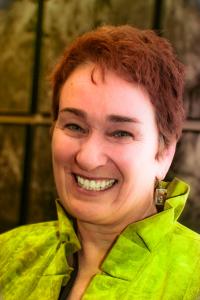
You may have heard about the “straight and narrow” path to success in astronomy: get a bachelor’s degree, go to graduate school, get a PhD, become a postdoc, join the faculty at a university, and (after you get tenure) have a family. I didn’t follow this route at all! As I look back on it, I realize that my career path has been somewhat unusual. But many, if not most, of the successful people I know in astronomy have also followed “unusual” paths. I believe that there is no set formula, no straight and narrow path, to success. Allow me to share what I have learned about how to make sure that the events you experience on your path enrich your life!
01
Don’t be afraid to try something you know nothing about. I grew up in a variety of settings. I was an army brat who had attended nearly a dozen (mostly public) schools by the time I went to college. When I entered MIT in 1972, I decided to major in physics. At that time there were very few women students. I knew I was interested in space science, so I decided to walk through the MIT’s center for space research and speak to everyone I met in the labs. The first door I opened (literally) became my new research home and set me on the path of becoming an x-ray astronomer and instrumentalist. After graduating with a bachelor’s degree, I entered the Peace Corps as a volunteer in the Republic of Zaire (now the Democratic Republic of the Congo). I taught math and physics to upper-level high school students. In the village where I lived, cinder blocks painted black served as a blackboard. There were no textbooks and no electricity. We still had a very sophisticated curriculum and used materials at hand for physics experiments. One of the most important lessons I took away from this period is that true poverty is a life without dreams. Nobody need ever be that poor.
02
Don’t be afraid to go through doors and make choices. I returned to the United States and attended graduate school in physics, becoming part of a team that built instruments and studied supernova remnants, the gorgeous remains of exploded stars. My motto for massive stars: Live fast, die young, and leave a beautiful corpse. I also gave birth to my son while in graduate school! Upon graduation, I worked first on the Chandra X-Ray Observatory’s High Resolution Camera and then on its High Energy Transmission Grating Spectrometer. In due course, future missions beckoned. I began my management career when I brought together a group to develop a grating spectrometer for a hoped-for x-ray mission we called the Constellation-X Observatory. (The project was ultimately canceled.)
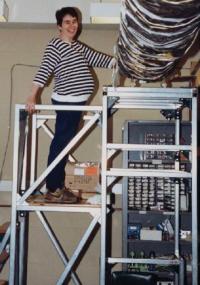
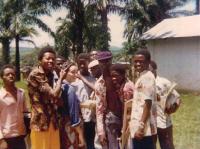
03
Give back to society. Service is a component of every scientist’s career. We review papers, organize conferences, serve on peer review panels, and sit on NASA advisory committees. NASA asked me to help lay out a long-term strategic plan for exploring the origin, structure, evolution, and destiny of the universe, so I chaired a road map team that produced the document “Universe Exploration: From the Big Bang to Life.” Universe exploration? Really? It doesn’t get much better than that!
04
We have the privilege to pursue great dreams. At about this time I started thinking about the next big astrophysics mission, the James Webb Space Telescope (JWST). Against all odds, I was offered (and accepted) the opportunity to head up the mission office at the Space Telescope Science Institute (STScI). I was charged with developing the science and operations center for this revolutionary mission. Due to launch in 2018, JWST will show us the first galaxies forming after the big bang and let us probe planets around other stars. Like its predecessors—Hubble, Chandra, Compton, and Spitzer—it will undoubtedly reveal things about the universe that we cannot imagine now.
05
Pay it forward to the future. I am now the deputy director of STScI, a job that requires me to think about the huge educational (and inspirational) impact that Hubble and JWST have on students, from young children to members of the Society of Physics Students! As the caretaker of national treasures, I work with others, both inside and outside the institute, to serve the astronomical community and the public and ensure that these missions leave behind an enduring legacy.
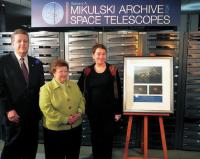
06
You don’t need to know what you want to do with your life right now. Keep an open mind. If you are enjoying yourself, you are probably doing the right thing. You may end up doing lots of different things on your career path. Just remember that in the end it’s not about what you do, it’s about who you are.
07
My one-word secret to success is persevere. Don’t be afraid to make mistakes. In 20 years you’ll know I was right! //
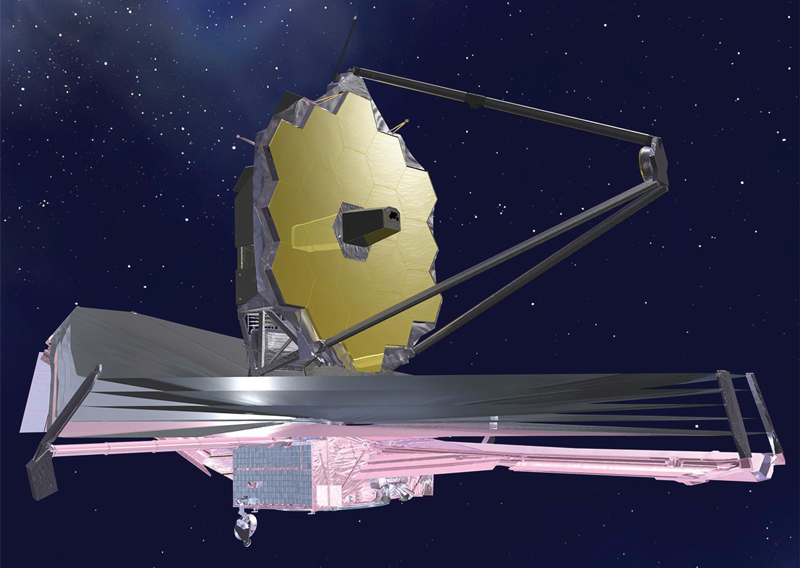
About STScl
A freestanding science center, the Space Telescope Science Institute is located on the campus of The Johns Hopkins University in Baltimore and operated by the Association of Universities for Research in Astronomy for NASA.
With a total staff of about 500 people, STScl operates the science program for the Hubble Space Telescope (HST), supports other astronomy programs, and conducts world-class scientific research. It will conduct the science and mission operations for the James Webb Space Telescope. The center creates HST and JWST news, outreach, and education programs.
